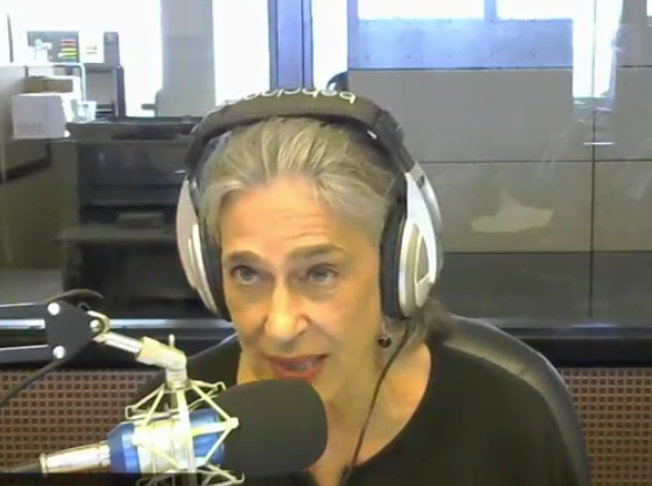


Indeed, Cullen adapts the historical book Rules of Civility & Decent Behavior in Company and Conversation for the 10 proscriptions that Charlotte lists out. Charlotte’s first missive thanks Washington for sending an etiquette book she pledges to copy it out, just as Washington had done as a boy. Her polite, guileless accounts belie the household mayhem that Carpenter’s lively ink-and-wash illustrations depict.

These details inspire Cullen’s story of three rambunctious siblings: Charlotte, James and Baby John Stuart.Ĭharlotte, a budding artist herself, writes three letters to “Mr. Ages 5 8.Gilbert Stuart, George Washington’s portraitist, had 12 children and fretted about his famous subject’s unsmiling mien. Interrupting Cullen's (Moi and Marie Antoinette) epistolary jaunt are several spreads explaining how not to behave, taken from a book the President reportedly had to copy as a child humorous vignettes show Washington demonstrating each prohibition, e.g., "Do not Wiggle in the Sight of Others nor Gnaw your nails." An author's note includes a copy of the resultant painting and a more factual account of its rendering. "James and I did not mean for our Cat to race up your Shoulder." Lively mixed-media illustrations show the siblings hanging from curtains, tripping over rugs, and hiding under a stern Washington's coattails (the mayhem echoes similarly rambunctious scenes that Carpenter painted for Queen Victoria's Bathing Machine). "I'm so Sorry for what happened to your hair Ribbon," Charlotte writes.

Young Charlotte Stuart begins her first missive to George Washington apologizing for the chaos that she and her brothers instigated trying to get him to smile. Imagined letters from the daughter of portrait painter Gilbert Stuart transport readers to the creation of one of the most famous paintings of the first U.S.


 0 kommentar(er)
0 kommentar(er)
